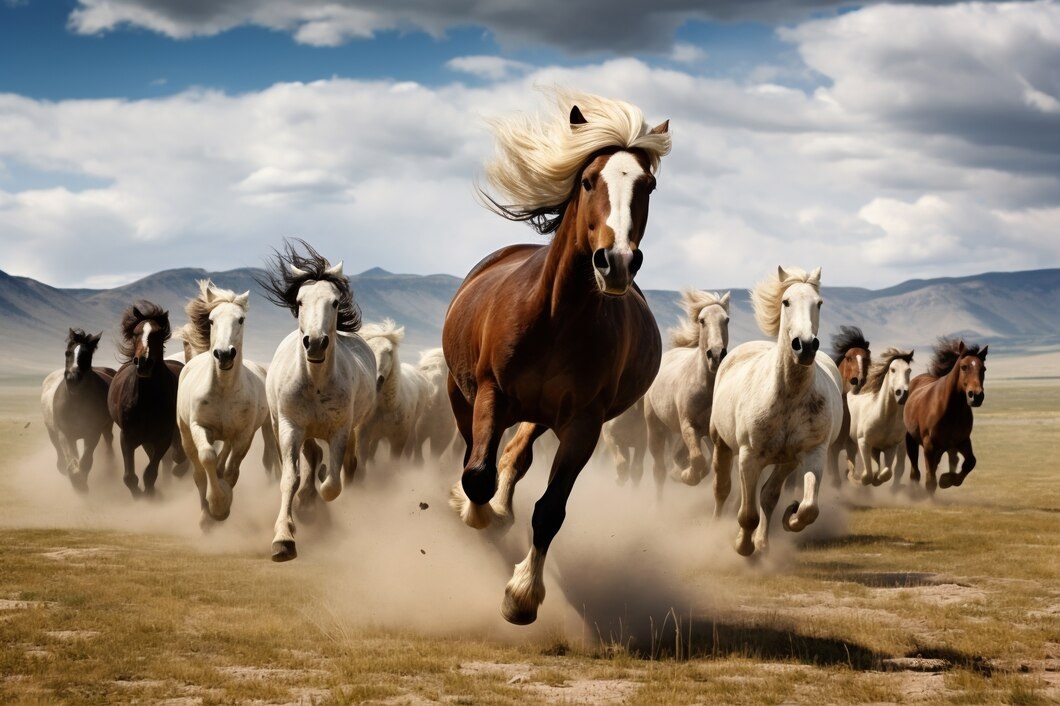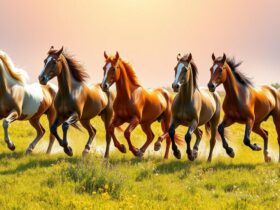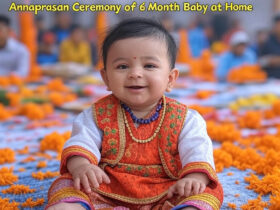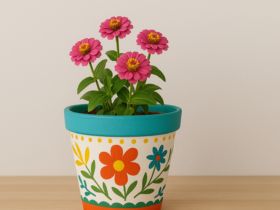Art has always been a reflection of human creativity, capturing emotions, ideas, and cultural influences. One painting that has intrigued art lovers is Combined Horse. A common question that arises is: what style does Combined Horse belong to? This article explores the artistic influences, techniques, and significance of this fascinating piece. By diving into its unique composition and influences, we can better understand why Combined Horse remains a significant piece in modern art.

Understanding Combined Horse
Combined Horse stands out for its unique portrayal of a horse, blending various artistic techniques and abstract elements. The painting is characterized by its bold colors, dynamic brushstrokes, and a fusion of different styles that make it visually striking. The way the horse is depicted suggests movement and energy, which gives the viewer a sense of motion rather than a static image. It pushes the boundaries of traditional equine depictions and brings something new to the art world.
Identifying the Painting Style
Let’s find out Combined Horse Is A Painting Of Which Painting Style ?
To understand the style of Combined Horse, let’s break down some key elements:
- Abstract Expressionism – Focuses on spontaneous brushwork and emotional depth.
- Cubism – Features fragmented shapes and multiple perspectives in one composition.
- Surrealism – Incorporates dreamlike and unexpected elements to ignite imagination.
- Modernism – Rejects traditional techniques in favor of innovation.
Given these characteristics, Combined Horse primarily reflects Abstract Expressionism and Cubism, creating a bold and dynamic visual experience. This combination allows for an emotive, thought provoking piece that draws viewers into the artist’s unique vision.
Abstract Expressionism in Combined Horse
Abstract Expressionism emerged in the mid-20th century, emphasizing expressive gestures and emotions over realism. Artists like Jackson Pollock and Willem de Kooning were pioneers of this movement. The defining features include:
- Large, energetic compositions
- Free-flowing, non-representational forms
- Intense use of color and movement
Combined Horse embodies these ideas by presenting a horse in an abstract, energetic manner, using bold strokes and vibrant colors to create a sense of motion. The brushstrokes suggest spontaneity, as if the painting was created in a moment of passion. This adds to the overall emotional depth of the artwork, allowing viewers to feel the movement rather than just see it.
Influence of Cubism in Combined Horse
Cubism, developed by Pablo Picasso and Georges Braque, revolutionized the way subjects were depicted by breaking them down into geometric forms. The core features of Cubism include:
- Angular, fragmented shapes
- Multiple perspectives within a single frame
- Conceptual representation rather than lifelike detail
In Combined Horse, the horse appears broken down into geometric forms, giving it a Cubist influence. This approach makes the painting feel dynamic and engaging. Instead of portraying a horse in a lifelike manner, the artist presents different viewpoints simultaneously, making the horse appear almost as a fusion of movement and time. This technique challenges the viewer’s perception and adds depth to the interpretation of the painting.
Artistic Techniques Used in Combined Horse
Several techniques contribute to the painting’s unique style:
- Bold, expressive brushstrokes – Creating energy and movement.
- Geometric fragmentation – A hallmark of Cubist influence.
- Layering of colors – Adding depth and vibrancy.
- Strong lines and abstract forms – Blending structure with emotion.
- Contrast between light and dark – Enhancing the visual impact.
- Use of mixed media – Combining various materials to add texture.
These artistic choices make Combined Horse a compelling example of modern art. The combination of movement, structure, and abstraction allows viewers to interpret the piece in multiple ways, giving it lasting significance.
The Emotional Impact of Combined Horse
Art is not only about technique; it is also about emotion. Combined Horse evokes a sense of power, energy, and even freedom. The horse, often seen as a symbol of strength and grace, is reimagined in a way that speaks to the viewer on a deeper level. The bold colors and fragmented forms give the impression of an animal in constant motion, almost as if it is breaking free from the canvas itself.
The painting may also symbolize the relationship between nature and modernity. Horses have long been part of human civilization, yet the Cubist and abstract elements suggest a shift away from tradition toward something new and uncharted. This adds another layer of meaning to the work, making it not just a painting of a horse, but a statement on change and transformation.
Why Combined Horse is Significant
Art enthusiasts appreciate Combined Horse for its innovative style and artistic depth. It challenges conventional ways of depicting subjects, blending multiple influences into a visually compelling piece. The painting is often discussed for:
- Pushing artistic boundaries
- Merging different styles into one composition
- Evoking emotion through abstraction
- Inspiring contemporary artists
- Challenging traditional equine depictions
- Representing movement in a revolutionary way
By embracing multiple artistic influences, Combined Horse serves as a bridge between different styles and movements. It encourages viewers to see beyond the surface and engage with art on a more intellectual and emotional level.
The Legacy of Combined Horse
Although the painting may not fit neatly into one category, that is precisely what makes it so interesting. It challenges artistic norms and invites the audience to see art as an evolving form of expression rather than something confined by strict definitions. This open-ended approach is what has kept Combined Horse relevant over time, inspiring new generations of artists to experiment with their own styles.
The painting’s ability to merge multiple perspectives into a cohesive whole speaks to the power of modern art. Whether viewed as a symbol of energy, a statement on artistic transformation, or simply a visually stunning piece, Combined Horse continues to captivate and inspire those who appreciate the evolving nature of artistic expression.
Conclusion
Combined Horse is a remarkable piece that brings together elements of Abstract Expressionism and Cubism. Its unique composition, expressive brushwork, and fragmented forms create a striking visual experience. The painting transcends mere representation, inviting viewers to immerse themselves in its energy and emotion.
Whether appreciated for its bold use of color, its intricate abstraction, or its deeper symbolic meaning, Combined Horse stands as a testament to the power of modern artistic expression. As art continues to evolve, this painting remains an example of how creativity can break boundaries and redefine how we see the world. It is a work that does not just depict a horse—it captures movement, emotion, and the boundless possibilities of art itself.
















Got a Questions?
Find us on Socials or Contact us and we’ll get back to you as soon as possible.